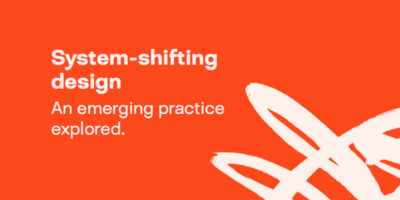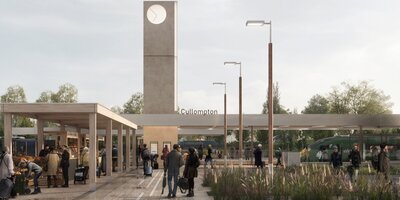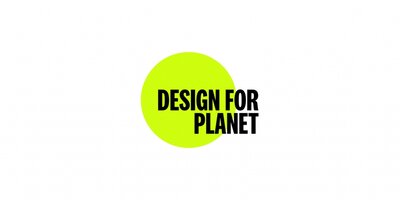Design Methods Step 4: Deliver
This four-part guide is for anyone who wants to understand the methods designers use and try them out for themselves.
We’ve grouped 25 design methods into four steps – Discover, Define, Develop and Deliver – based on the stages of the Double Diamond, the Design Council’s simple way of mapping the design process
From rapid prototyping to personas and surveys, methods like these are used all the time in our work with partners. Browse through our case studies to see how they have been instrumental in bringing about dramatic improvements to products, services and environments, ensuring they are clearly focused on the needs of users.
Phasing
What is it?
Delivering your product or service on a curve.
What is it useful for?
Managing risk before launching on a large scale.
How can I do it?
Test out your design project on a small group of, say, 5 users. Then try it out on a group of 50 before offering it to 100. If something doesn't work, you can solve the problem before it affects many users, limiting financial loss. Even in the final Deliver phase of the Double Diamond, the design process is iterative.
Final testing
What is it?
Identifying any final constraints or problems before manufacture, checking a product against standards and regulations and performing damage and compatibility testing.
What is it useful for?
Ensuring that the product successfully addresses the problem it’s built to solve.
How can I do it?
Assess the first item off the production line to ensure that it is fully functional. Also test the product in the environment where it will actually be used, rather than in the factory.
Evaluation
What is it?
Reporting back on a project’s success after launch.
What is it useful for?
Informing future projects, including methods and ways of working. Another aim is to prove the impact of good design on the project’s success.
How can I do it?
Carry out customer satisfaction tracking surveys and see if changes in satisfaction can be linked to the new design. You can encourage in-use evaluation of designs by having questionnaires handy for users or customers.
The introduction of a new design can also be linked to other business performance metrics, such as improved sales or increased traffic.
Lastly, you can use third-party benchmarking data to compare ongoing customer satisfaction with competitors.
Feedback loops
What is it?
Feedback related to problems with a project – or suggestions for improving it – that flows back to an organisation indirectly.
What is it useful for?
Spinning off new projects or making improvements.
How can I do it?
Gather user feedback through in situ channels, for example salespeople who interact with clients or service operators for a piece of equipment.
Put aside ideas that emerge in post-launch feedback (as well as ideas that emerged during the design process) – if you decide to develop them later, they’ll then go through the design process again on their own.
Equally, it’s very useful to document and log lessons from the entire design process, in a library of case studies for example or a methods bank.
Methods banks
What is it?
The documentation and communication of design methods within an organisation.
What is it useful for?
Encouraging best practice in design and user experience, avoiding rework and improving robustness and efficiency of outputs.
How can I do it?
Record methods used during the design process with descriptions, videos, sketches and flowcharts on, for example, an internal website. Live or online discussions can take place around each individual method topic to incorporate everybody’s experiences.
Sometimes methods banks are open only to designers. Other times, everyone in an organisation can access them so they can contribute their ideas and reflections. Formally documenting design methods in this way shows everyone in an organisation that designers’ work has tangible outputs and is valuable and appreciated.
Sometimes a methods bank is also made accessible to external users. An organisation can build its reputation from demonstrating its expertise in design and development and its willingness to communicate with users. Sharing design methods like this means others will build on them, raising the bar for design in the wider world.
Next steps
Subscribe to our newsletter
Want to keep up with the latest from the Design Council?



